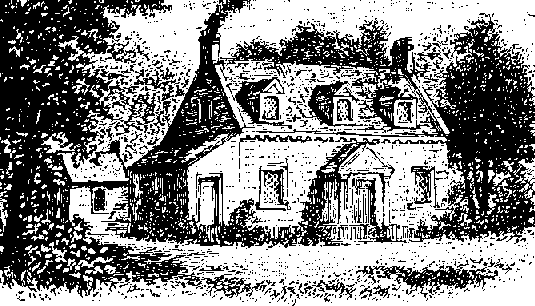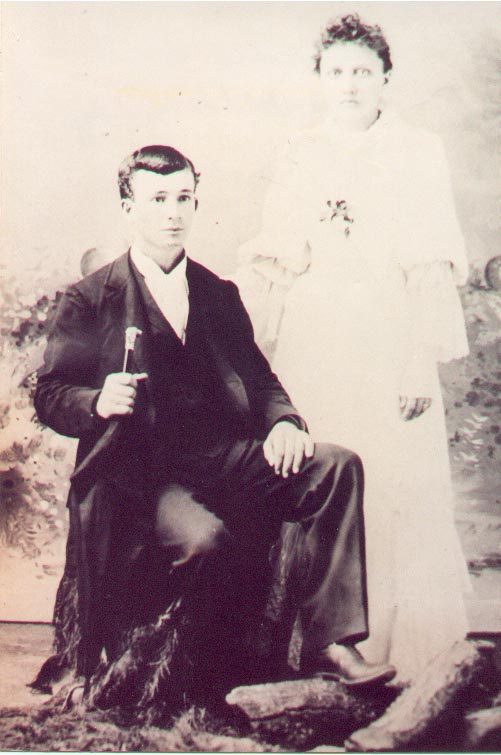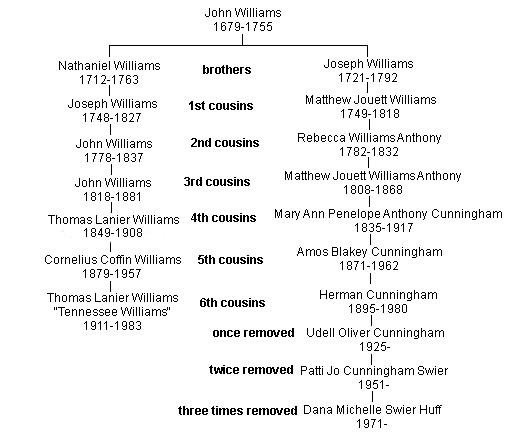Yours truly finally subscribed to Ancestry.com. I fought it for a long time because the main reason for subscribing is access to census records, which are available in some libraries and other various places for free. I kept telling myself that I shouldn’t have to pay for access to them. However, the subscription price is less than $13 per month. I realized that I would spend a lot more than that in transportation to the nearest place that has census records, not mention the time it would take to travel to such places. Ancestry.com allows me to access actual census record scans from 1790 to 1930. After thinking about it, I decided Ancestry.com’s subscription price was a deal. I am not going to make this post a plug for Ancestry.com, but I must admit the wealth of information I uncovered has made the subscription price well worth it. Who knows when, as a mother of three and full-time teacher, I might get a chance to hunt through the microfilm at the National Archives in Morrow? Plus I get access to all the censuses for every state, which not all libraries have. Enough raving about how happy I am with Ancestry.com.
I have uncovered a Huff family mystery. My husband’s family has lived in Tennessee for generations. My husband was born in Nashville. He was able to provide me with enough information to go on about his grandparents, but knew little about his great-grandparents, William Martin Huff and his wife Sallie (whose maiden name I do not know). I located them with Steve’s grandfather Ben Martin Huff on the 1930 census and the 1920 census. I had trouble going further back. I found a record for a Willie M. Huff in the household of his step-father Lee Roy (or Roy Lee) Huff in 1900, but I couldn’t be sure it was the same person, despite the fact that both William Martin and Willie M. lived in Williamson County, which was rural and much more sparsely populated than it is today, probably thanks in part to the Saturn (automobile) headquarters located there. I found a few candidates for William Martin Huff on the 1910 census, but they were fairly far from Williamson County. He was most likely not living with his parents anymore, but I do not think he was married yet, either.
I was becoming increasingly frustrated trying to learn anything about this line and felt I had hit a brick wall until my husband told me he was sure his grandfather had an aunt named Verda. You can tell my husband’s not a genealogist, having neglected to share this crucial bit of information with me until now, knowing I had been trying to find information about the Huff line for some time. Verda is not such a common name. I felt confident I could locate her on the 1900 or 1910 census, as I had narrowed down the family’s origins to Williamson County.
Sure enough, I found Verda in the home of Lee Huff in 1910. She was 11 years old, so she most likely had been born in 1898 or 1899. Her mother was listed as Mary F. Huff. Steve told me her married name was Fulghum. I found her Social Security Death Index record, which listed her birthdate as May 1, 1898. Furthermore, her last residence was Thompson’s Station, Williamson County, Tennessee. Steve concurred with me that we could be reasonably confident this was his aunt Verda. I searched the 1900 census for her father. I noticed no Verda listed in his home, but there was a Eula born in April 1898. I believe this must be Verda and the name Eula is either a misinterpretation of the writing on my part, a transcription error on the census-taker’s part, or perhaps she was called by her middle name either in this census or in later ones. The Social Security Death Index was no help here, as she is listed as Verda H. Fulghum. The “H” could refer to a middle name or her maiden name.
Lee Roy Huff is listed as L.R. Huff in the 1920 census, with a wife Mary. The children all have the same names as on the 1910 census, with the addition of Louise, who had not yet been born in 1910. Going back to the 1900 census, Lee Roy’s name is indecipherable because the census-taker wrote something over the top of it, but it looks like it could say “Roy Lee.” His wife’s name was Mary. I found a WWI Draft Registration Card for Lee Roy Huff that listed his wife’s name as Mary Frances or Mary Francis (it’s hard to see if that’s an “e” or “i”). The birthdate is some two years off from that given in the census, but as I joked with Steve, his family had a habit of changing vital information about themselves depending on what year they were asked that makes tracking them infuriating.
Armed with this information, I believe that Willie M. Huff is William Martin Huff, step-son to Roy Lee or Lee Roy Huff on the 1900 census. William Martin Huff was born in June 1890. Depending on when the census was taken in 1890, he may have appeared on the census. His parents were most likely married by the time the census was taken, and with some detective work, I may have been able to find out who William Martin Huff’s father was. Unfortunately, the 1890 census was almost completely destroyed in a fire in the Commerce Building in Washington, D.C. in March 1896.
It will be difficult to find out who William Martin Huff’s father was, but perhaps not impossible. Birth records for the state of Tennessee in this time period may be available from state archives. It is possible my letter to Steve’s grandmother will be a fruitful source of information, but as Steve seemed to be unaware his great-grandfather was adopted by his step-father (and hence, may not have been born a Huff), I’m not sure the information was common knowledge to his grandfather’s wife. Steve’s grandfather was also an only child, so there are no brothers or sisters or cousins to assist me in getting to the bottom of this mystery.
I do, however, find it intriguing that the name “Martin” seems to be popular in the Huff family for generations back. Tantalizingly, there is a Leroy Huff listed as son of Samuel Martin Huff in the 1880 census, Williamson County. The age of Leroy corresponds to that of Lee Roy Huff as given in other censuses. Samuel Martin Huff also had an older son named T. William Huff.
I am speculating about two things. Perhaps William Martin Huff was not adopted by Lee Roy Huff. I made that leap based on the fact that their last names were similar. What if Lee Roy Huff was his uncle and married his mother after the death of his father? It is not unheard of. If his father were T. William, it could be the genesis of his name, William Martin — William for his father, Martin for his grandfather, Samuel Martin. Unfortunately, I can’t find a marriage record or birth record at Ancestry.com that corroborates this theory, and the theory that he took his step-father’s name is just as likely.

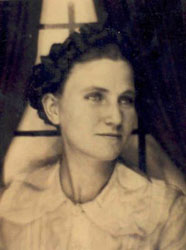 My great-grandmother, Lucille Inez Willis Thurman, passed away on February 19, 2006. Because she was my longest-lived great-grandparent, I have more memories of her than any of my other great-grandparents.
My great-grandmother, Lucille Inez Willis Thurman, passed away on February 19, 2006. Because she was my longest-lived great-grandparent, I have more memories of her than any of my other great-grandparents.
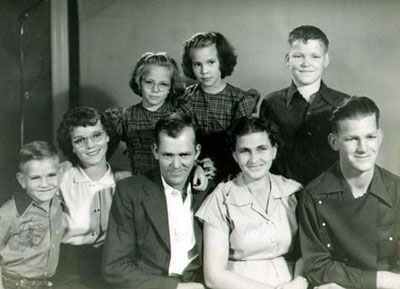
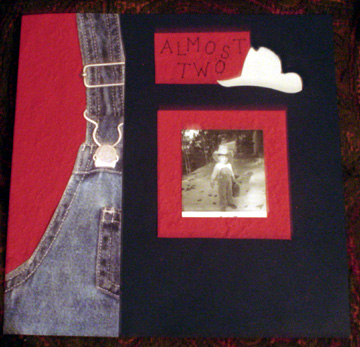

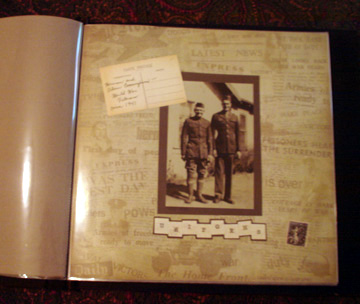
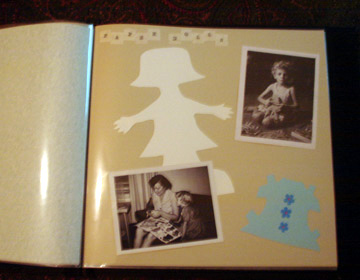

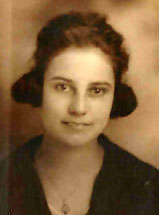 My great-grandmother, Annie Lola Jennings Cunningham, died when I was ten. As with my great-grandfather,
My great-grandmother, Annie Lola Jennings Cunningham, died when I was ten. As with my great-grandfather, 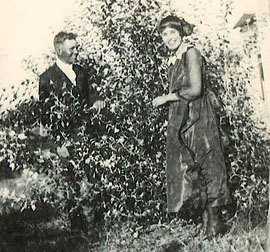
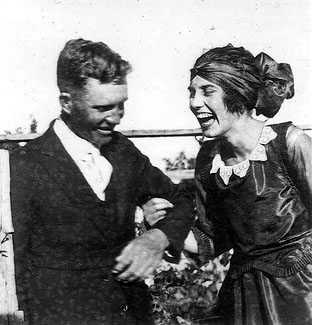
 My great-grandfather, Herman Cunningham, died when I was not quite nine. I don’t have many memories of him, as he lived in Texas and I lived in Colorado. However, I do remember some things, and this post is a biography of my great-grandfather focusing on all of my memories with a bit of what I’ve learned from others.
My great-grandfather, Herman Cunningham, died when I was not quite nine. I don’t have many memories of him, as he lived in Texas and I lived in Colorado. However, I do remember some things, and this post is a biography of my great-grandfather focusing on all of my memories with a bit of what I’ve learned from others.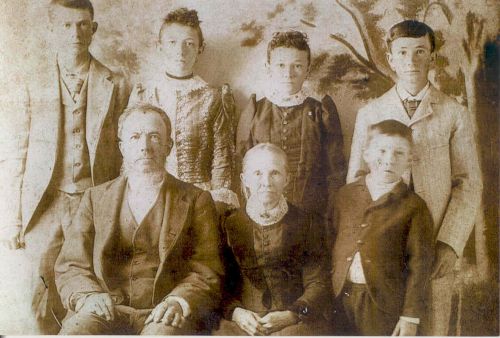
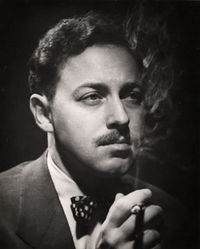 I recently posted about my
I recently posted about my 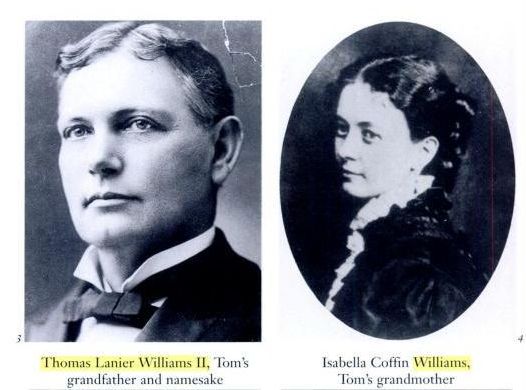
 John Williams was born to John Williams (1778-1837) and Melinda White (1789-1838). John Williams, Sr. was known as “Prince John.” He was a veteran of the War of 1812 and
John Williams was born to John Williams (1778-1837) and Melinda White (1789-1838). John Williams, Sr. was known as “Prince John.” He was a veteran of the War of 1812 and 